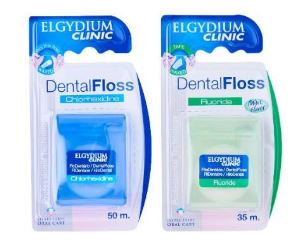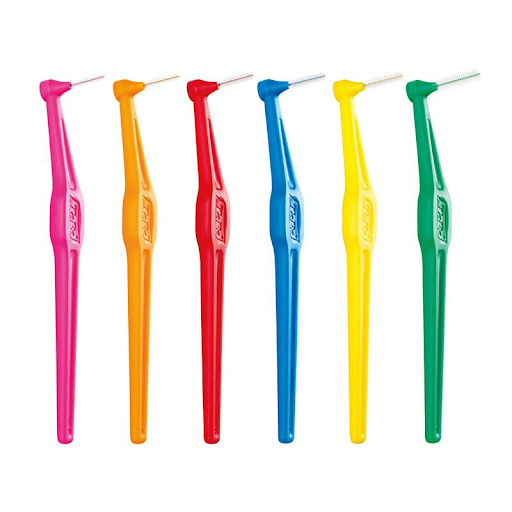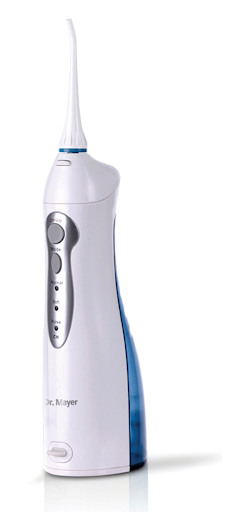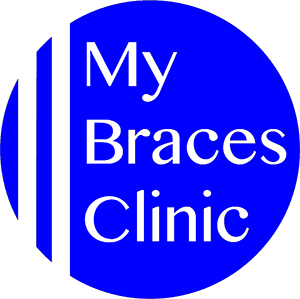
Can I Not Floss My Teeth?
Ever heard of the line, “not flossing is like wiping your buttcheeks and not the crack”? That’s exactly what it is when you don’t floss.
While flossing is not particularly fun and can make your gums bleed, it is essential in maintaining good oral health. It is highly effective in cleaning between the teeth to remove the gunk (plaque!) in between your teeth that is impossible for your toothbrush to reach.
What is plaque? Do I have it?
Let’s talk about the “Bad Guy” of Oral Health – Plaque. They cling onto every area of our mouths and feed on the sugars and starches we eat. They are the primary cause of your swollen, bleeding gums, tooth decay and not to mention – bad breath.
These Bad Guys operate incognito but regular flossers will recognise plaque as a whitish cottage cheese film that comes off together with the floss. What you do not know is that plaque contains millions of bacteria!
When we brush our teeth, we only clean 3 out of 5 tooth surfaces. The hidden areas in between teeth can only be accessed by a floss. These surfaces are vulnerable to tooth decay and gum disease when plaque and leftover food substance accumulate. Tooth decay and gum disease give off a bad smell too.
When do I need to floss?
Flossing should NOT only be done when you feel a piece of food stuck between your chompers. Flossing on a regular basis in conjunction with toothbrushing ensures bacterial plaque is removed before it hardens into calculus – commonly known as tartar.
Truth be told, plaque starts to harden in 48hours if left unclean. Does this mean you only floss once every two days? You could, but keep in mind that plaque has to be removed while they are still soft and removable with the floss. Hardened plaque does not come off with the toothbrush or floss. Moreover, this time varies between individuals.
Once hardened, calculus removal can only be done by a magical tool only your Dentist and Dental Hygienist has – the scaler.
How to floss?

The most commonly used method of flossing is to strip a large piece of floss off a dispenser, wrap it around one’s fingers and work your hands up and down with the exposed piece of floss on the tooth surface.
The floss should wrap around the tooth in a ‘C’ shape to cover more surface area.


Left: Elgydium Chlorhexidine Dental Floss Right: Elgydium Fluoride Dental Floss, $4.95, www.redmart.com
* Chlorhexidine embedded in floss is an antiseptic that is commonly prescribed for gum disease.

Too tedious? Fret not, with the advent of alternative interdental cleaning methods, you will find a flossing tool that suits you!
1. Floss picks

Disposable floss picks are a good alternative to using regular string floss. Many people prefer them because they are easy and fuss free. Your fingers stay dry even when flossing the back teeth too!
These are great for traveling and are a safer alternative to toothpicks when you get food stuck in between your teeth, and they do not take up much space in luggage.
However, the floss between the holders can be rather taute and might be difficult to wrap the floss around the tooth to achieve the ‘C’ shape. Also, floss picks are not particularly environmentally friendly as we do not recommend reusing them more than once.

DenTek F and Y floss picks, $2.50, www.qoo10.com.sg

2. Interdental brushes

These little brushes are meant to go between the teeth and mechanically remove plaque and leftover food debris. Again, many people only use interdental brushes when they feel food getting stuck between their teeth.
Interdental brushes are especially great for people who have gaps between their teeth and and regular flossing just does not seem effective.
These brushes come in a range of sizes, so ensure that you pick the brush that fits snugly between your teeth. The larger the space between your teeth, the larger size of interdental brush you should use.
If even the smallest size (0.4mm) does not fit between your teeth, do not force it in as you might create spaces especially if you have a thin gum biotype. You might be better off using a floss.

TePe angle interdental brush, $9.50 for a pack of 6, www.lazada.sg

3. Waterflosser
If you do not like regular flossing, do not floss often, or find regular flossing too tedious… A Waterflosser might help!
An electric oral irrigation device that comes with a combination of water pressure and pulsations, it removes food debris and plaque on the teeth and gums. One device usually comes with a range of detachable tips so it can be shared among the family.
With any kind of dental prosthesis such as crowns, bridges, implants and veneers, it is crucial to keep the underlying gums healthy to prevent inflammation and recession. The same goes to those who have fixed braces or a fixed lingual retainer (wire cemented to the back of your front teeth following orthodontic treatment to retain teeth alignment), regular flossing is not possible.
The Waterflosser is effective in cleaning under the undercuts of dental appliances to keep the teeth and gums clean and healthy.
Although the Waterflosser has proven its mettle in the ease of use, effectiveness in reducing gum inflammation and tooth decay, its price is considerably higher as compared to a regular floss and floss picks.

Waterpik Oral Cleaning System Ultra Cordless, $188, www.redmart.com

May the floss be with you!
Written by:
Ms Hazel Chua @mybracesclinic
Oral Health Therapist, Singapore




